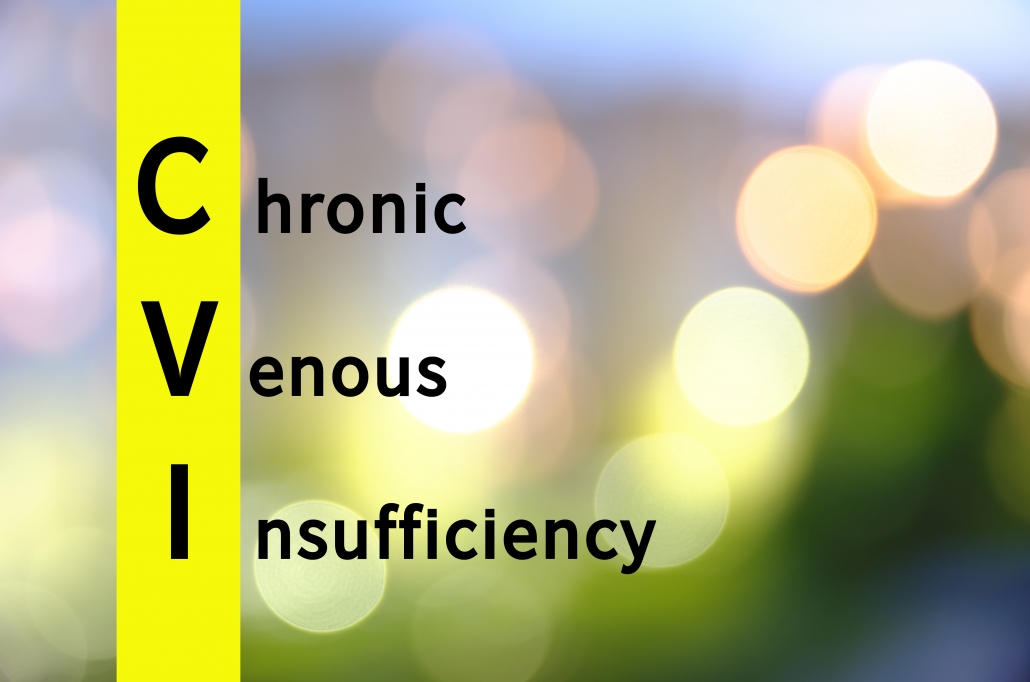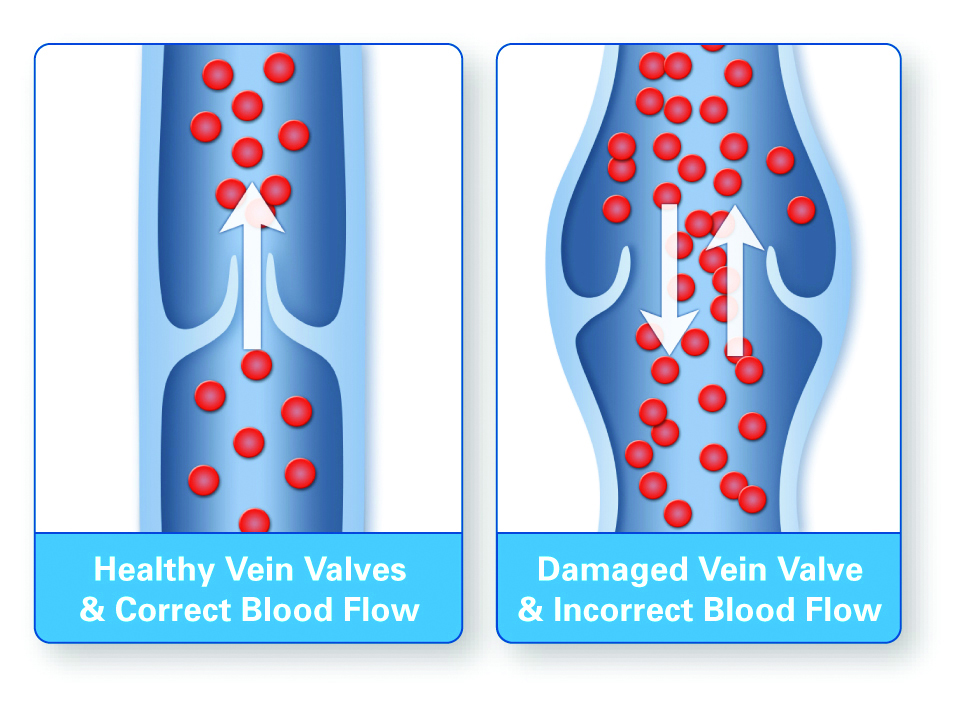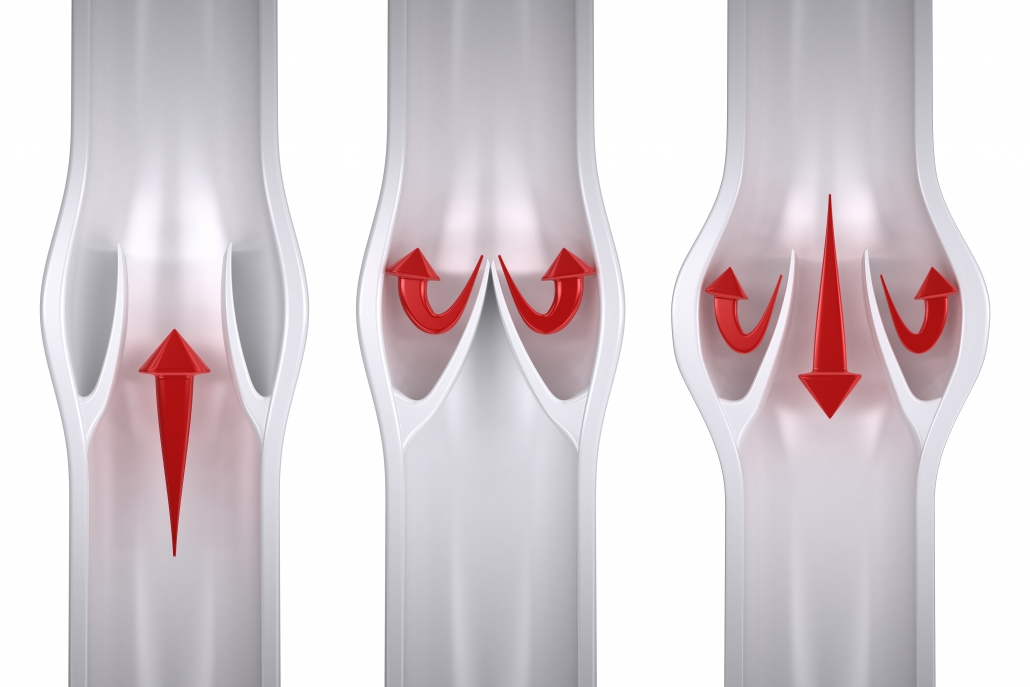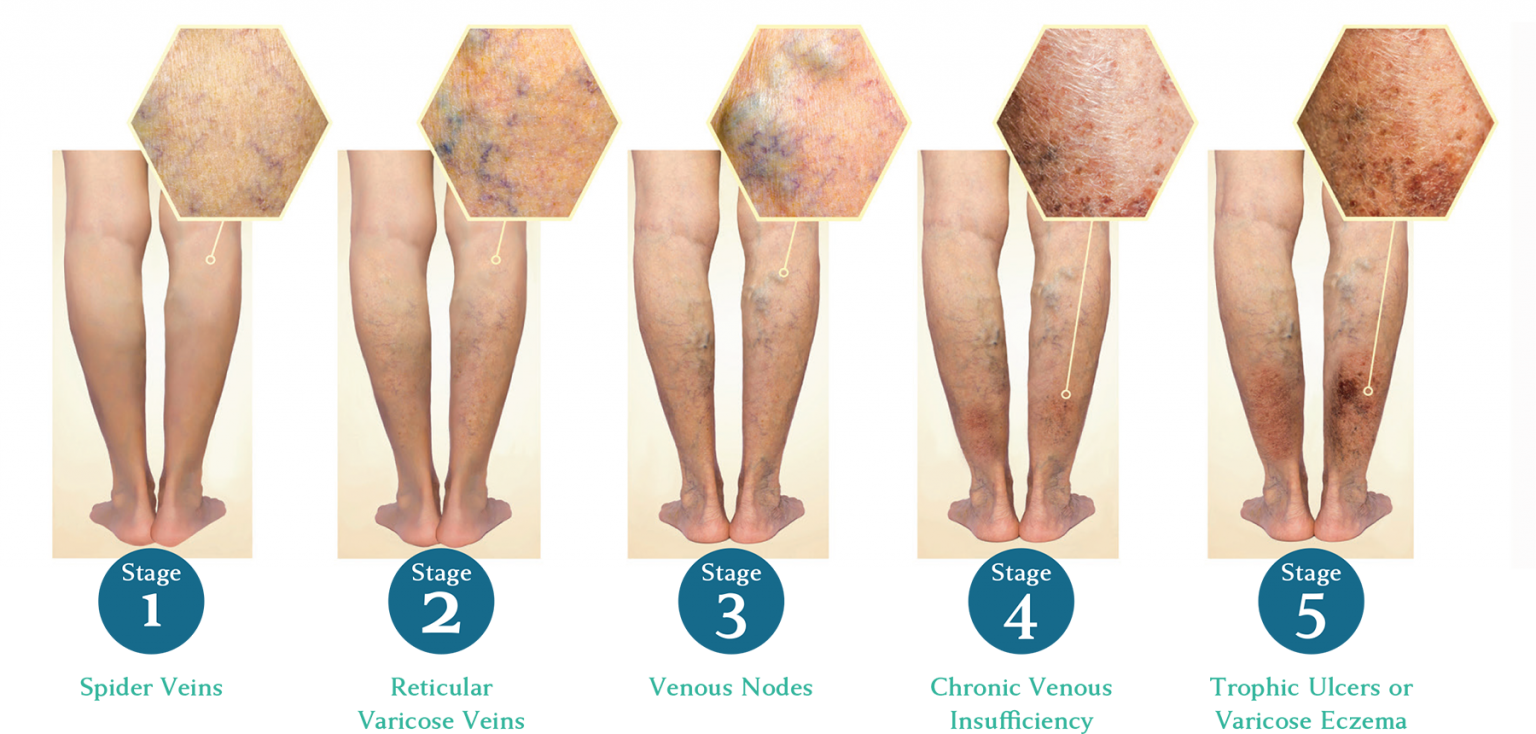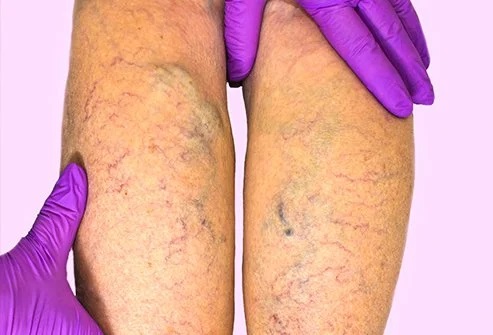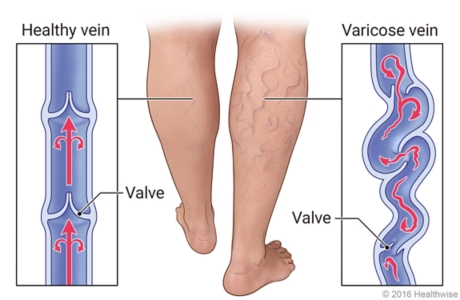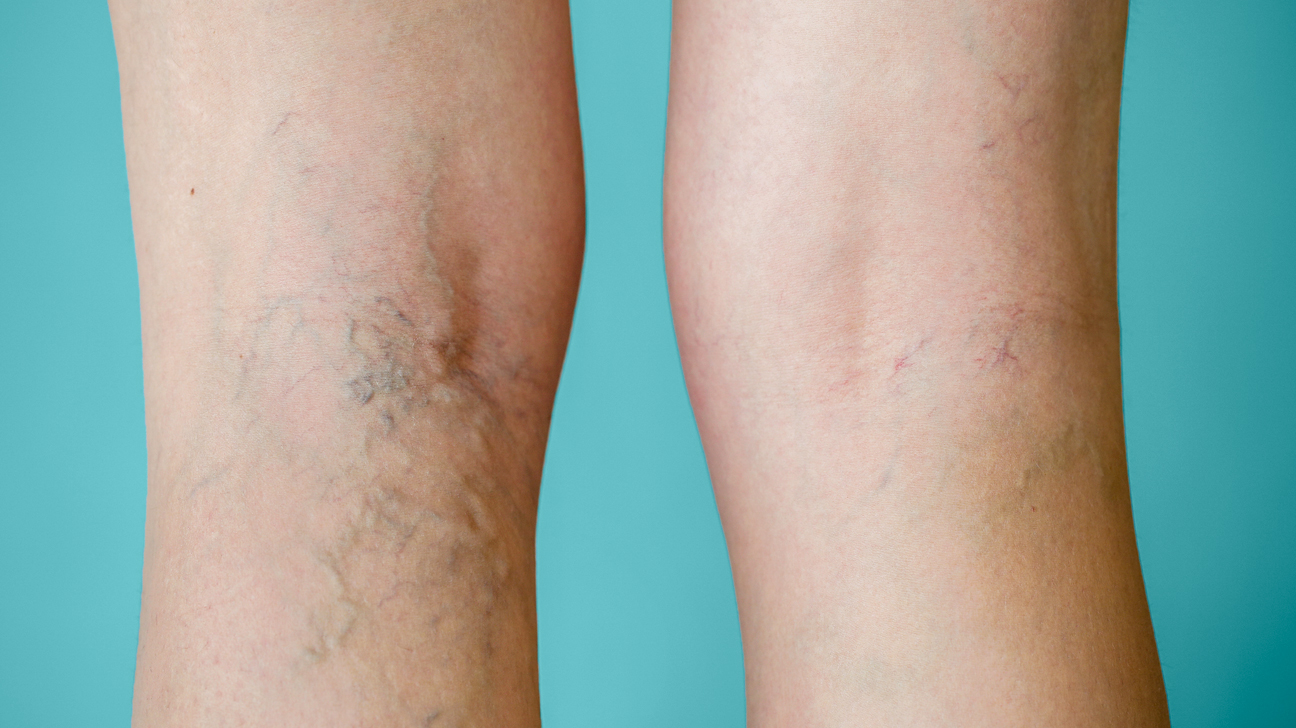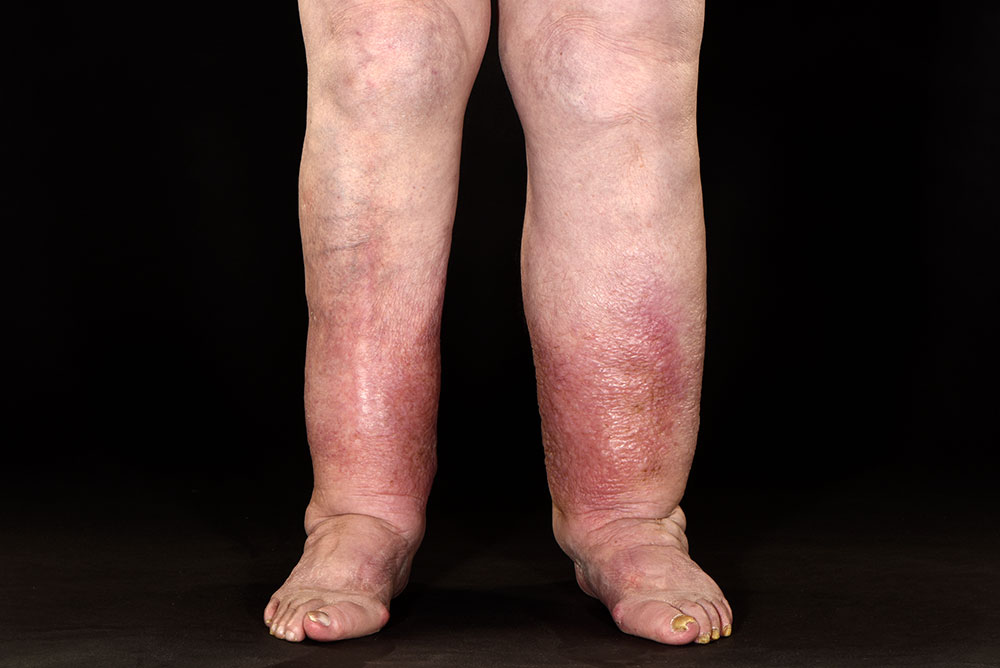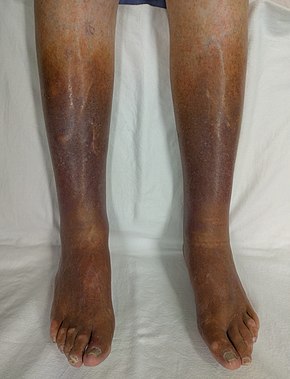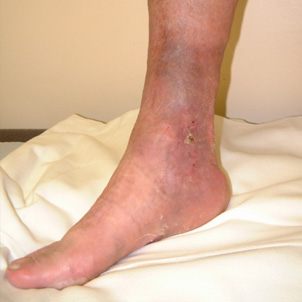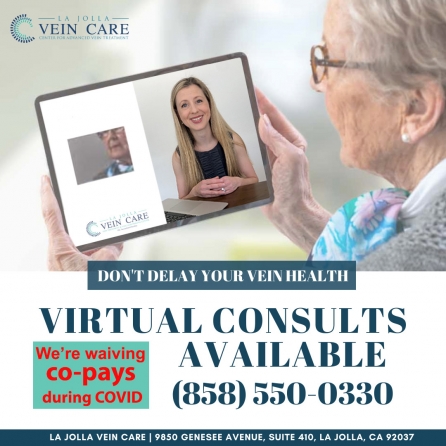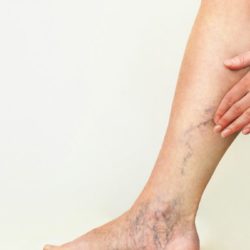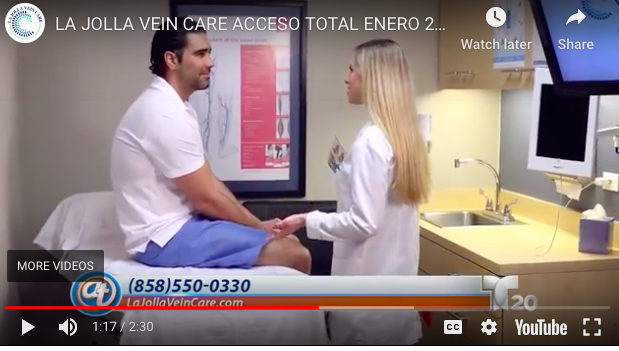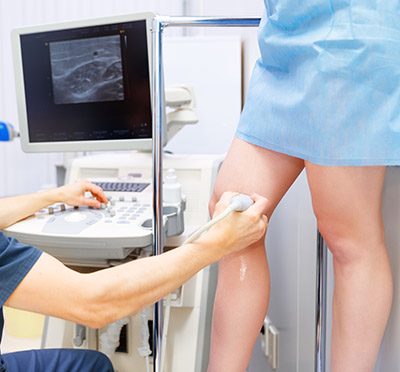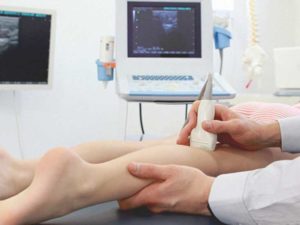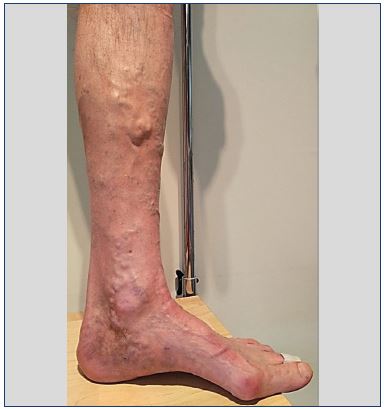Olympic Athletes Who Suffer from Varicose Veins
Nisha Bunke2022-01-03T13:04:37-08:00Even Olympic gold medalists get varicose veins! Including swimmers and beach volleyball players…….
It is a huge misconception that people who take care of their bodies don’t get varicose veins. In contrast, most of our patients take great care of their health. At La Jolla Vein Care, we routinely care for competitive athletes, marathon runners, Iron Man competitors who all suffer from varicose veins and its underlying cause venous reflux disease. We see it all.
Olympic swimmer and gold-medalist, Summer Sanders shares her story of suffering from varicose veins. “As a life-long athlete and Olympic swimmer, I never thought a condition like varicose veins or chronic venous insufficiency (CVI) would affect me. It soon hit me that, even though I was active, I was starting to get my mother’s legs.
It’s important for people to realize that varicose veins and CVI can happen to anyone and they are more than just a cosmetic issue. But you don’t have to live with the uncomfortable and painful symptoms. There are minimally-invasive treatments available that are covered by many insurance plans.
In the past, Summer shared her story as the spokesperson of a campaign called “Rethink Varicose Veins,” which aims to educate the public about this common condition and help to dispel some myths.
“Like many moms, my lifestyle requires me to be on my feet constantly. I noticed my legs were heavy and achy after a long day, but I assumed these symptoms were just something I had to deal with,” says Summer. “My doctor and I decided the best path for me was a minimally-invasive treatment. The procedure was quick and I was back to my regular activities within a short period of time. Now my legs feel great!”
Olympic gold medalist Misty May-Treanor is another athlete who is outspoken about her varicose vein condition. Misty May-Treanor has three consecutive gold medals under her belt for beach volleyball! If you are suffering from varicose veins, you are not alone!


